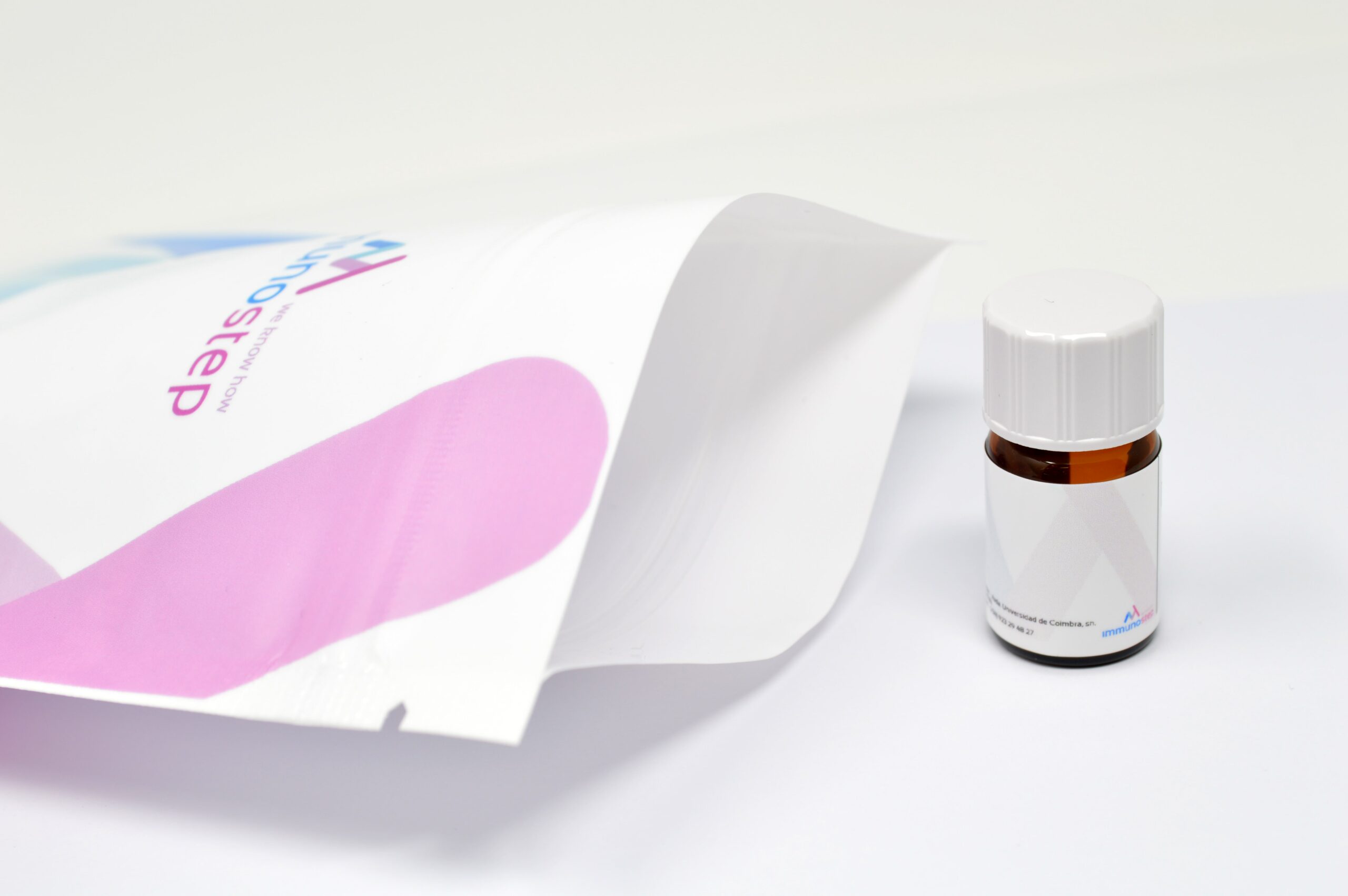- Products
- Oncohematology
- Antibodies
- Kits
- CAR T-cell
- Euroflow
- Single reagents
- Request info
- Resources and support
- Immunology
- Antibodies
- Single reagents
- Cross match determination (FCXM)
- FcεR1
- Ig subclasses
- Single reagents
- Kits
- TiMas, assessment of tissue macrophages
- Request info
- Resources and support
- Antibodies
- Exosomes
- Accesory reagents
- Software
- Oncohematology
- Services
- Peptide Production
- Design
- Modification
- Protein Services
- Expression and purification
- Freeze drying
- Monoclonal And Polyclonal Antibody Development
- Monoclonal
- Policlonal
- Specialized antibody services
- OEM/Bulk production
- Purification
- Conjugation
- Custom Exosome Services
- Isolation and purification
- Characterization
- Peptide Production
- Shop
- Support
- About Us
- Contact
- Shop
- Single Antibodies
- CD79a
CD79a
233,00 € excl.VAT – 307,00 € excl.VAT
This antibody reacts with the CD79a-antigen. CD79a associates with CD79b to form part of the B-cell receptor complex. It has been suggested that CD79a may play a role in mediating the transport of IgM to the cell surface. This antibody has been found to react on permeabilized A20 cells (mouse B cell line). CD79a (Ig alpha, MB1) forms disulfide-linked heterodimer with CD79b (Ig beta). They both are transmembrane proteins with extended cytoplasmic domains containing immunoreceptor tyrosine activation motives (ITAMs), and together with cell surface immunoglobulin they constitute B-cell antigen-specific receptor (BCR).
CD79a and b are the first components of BCR that are expressed developmentally. They appear on pro-B cells in association with the endoplasmic reticulum chaperone calnexin. Subsequently, in pre-B cells, CD79 heterodimer is associated with lambda5-VpreB surrogate immunoglobulin and later with antigen-specific surface immunoglobulins. At the plasma cell stage, CD79a is present as an intracellular component. CD79a/b complex interacts with Src-family tyrosine kinase Lyn, which phosphorylates its cytoplasmic ITAM motives to form docking sites for downstream signaling.
Additional information
| Conjugated | |
|---|---|
| Size | |
| Regulatory Status | |
| Clone | |
| Gene ID | |
| Format | |
| Species Reactivity | |
| Isotype | |
| Tested Applications | |
| Clonality | |
| UniProt | |
| Mw | |
| Population | |
| Volumen/test | |
| Storage | Store in the dark at 2-8°C. |
| Other names | Mb-1, Igα. |
| Buffer | The reagent is provided in aqueous buffered solution containing protein stabilizer, and ≤0.09% sodium Azide (NaN3). |
| Immunogen | Synthetic peptide corresponding to 202-216 amino acid sequence of human mb-1. |
| Concentration | 0,05 mg/ml |
Recomended usage
CD79a, clone HM57, is a mAb intended for the identification of B lymphocytes. This reagent is effective for direct iIF staining of human tissue for FCM analysis using ≤1 μg/10^6 cells.
References
| Product description | Reference | Title | Authors | Journal | Year | |
|---|---|---|---|---|---|---|
| Product description | Reference | Title | Authors | Journal | Year |
Related products
-
CD117
275,00 € excl.VAT – 518,00 € excl.VAT Select options This product has multiple variants. The options may be chosen on the product page -
CD235a
208,00 € excl.VAT – 260,00 € excl.VAT Select options This product has multiple variants. The options may be chosen on the product page -
CD26
204,00 € excl.VAT – 531,00 € excl.VAT Select options This product has multiple variants. The options may be chosen on the product page -
CD11b
142,00 € excl.VAT – 531,00 € excl.VAT Select options This product has multiple variants. The options may be chosen on the product page
